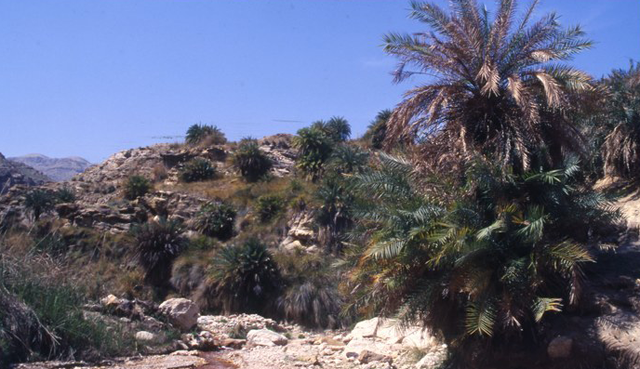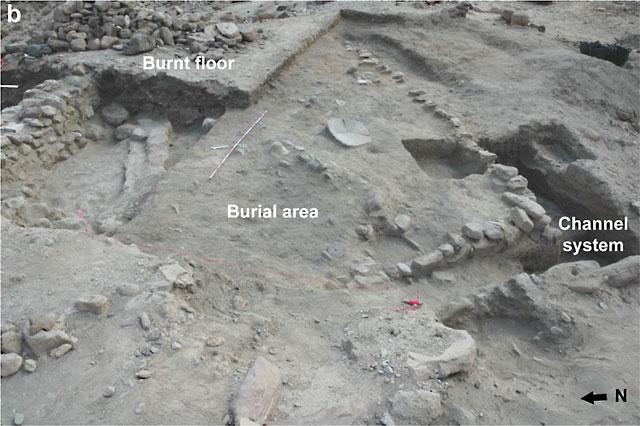You are here
Botanical evidence from Wadi Hasa offers glimpse into early Neolithic diet
By Saeb Rawashdeh - Nov 12,2024 - Last updated at Nov 13,2024

Wadi Al Hasa is a valley between Karak and Tafileh governerates, occupied from the ancient times (Photo courtesy of ACOR)
AMMAN — The area of Wadi Hasa is a 40-kilometre long canyon between Karak and Tafileh that was occupied during ancient times.
The macro-botanical remains from the 2004 season at Hemmeh provide an opportunity to examine the local environmental conditions and plant exploitation practices at a Late Pre-Pottery Neolithic B and Pre-Pottery Neolithic C (LPPNB/PPNC) site,” noted Bill Finlayson, a British archaeologist.
Soil samples totalling 441.5 litres were collected from 10 separate contexts throughout the site and along the bank of the nearby Tannur Dam reservoir.
Wild plants
“A number of weeds common to cereal fields were identified in the FL- 145- 32 sample, including three mineralised seed coats,” noted Bill Finlayson from The University of Oxford.
He added that aside from its well- known use as a flavouring, mustard is historically known in the Mediterranean as an emetic, laxative, diuretic, expectorant and aphrodisiac. One of the most abundant seeds found in the light fraction is that of Ficus carica with 31 whole seeds and four fragments identified.
“Fig fruits typically contain a large number of seeds and may be overrepresented within this sample. However, it is possible that figs were a major nutritional component of the ancient diet at the site because they can be eaten fresh or sun- dried, at which time the sugar content crystallises and acts as a pre servative for storage,” Finlayson explained.
He noted that fig trees commonly grow near water or on well-watered land in semiarid conditions and are currently found growing along the Tannur Dam reservoir near the site and suggest a greater availability of moisture in the LPPNB.
Three fragments of wild grape were discovered in the subsurface.
“Grape plants are extremely particular about the conditions in which they grow, requiring specific amounts of moisture at the right times and preferring sandy soils with high amounts of gravel,” Finlayson said, adding that while it is presumed that grapes were utilised as a food source, it is impossible to discern whether grapes were consumed as part of a fermented beverage at this time.
It is assumed that Vitis remains from this sample are wild as there is no evidence for their domestication until ca. 3,000 BC, although arguments have been raised that charring obscures any ability to differentiate between wild and domesticated varieties of grape.
Aside from consumption, wild grape skins may be used to dye fabrics and other organic materials, and addition ally the supple vines can be manipulated to create baskets, weavings and other crafts.
“Finally, three small hook- shaped remains, which appear to be carbonised thorns, were also found in this sample. More de tailed analyses are needed to determine their origin,” Finlayson underscored.
Related Articles
AMMAN — Sharara is a Neolithic settlement located 10 kilometres east of the southern tip of the Dead Sea, in Wadi Hasa, and provides a route
AMMAN — According to the professor Zeidan Kafafi, in Jordan, and during the second half of the last century, only very few sites from Pre-Po
AMMAN — Located some 500 metres from the old Amman-Jerash road, Tell Abu Suwwan represents one of the Neolithic mega sites whose occupation














